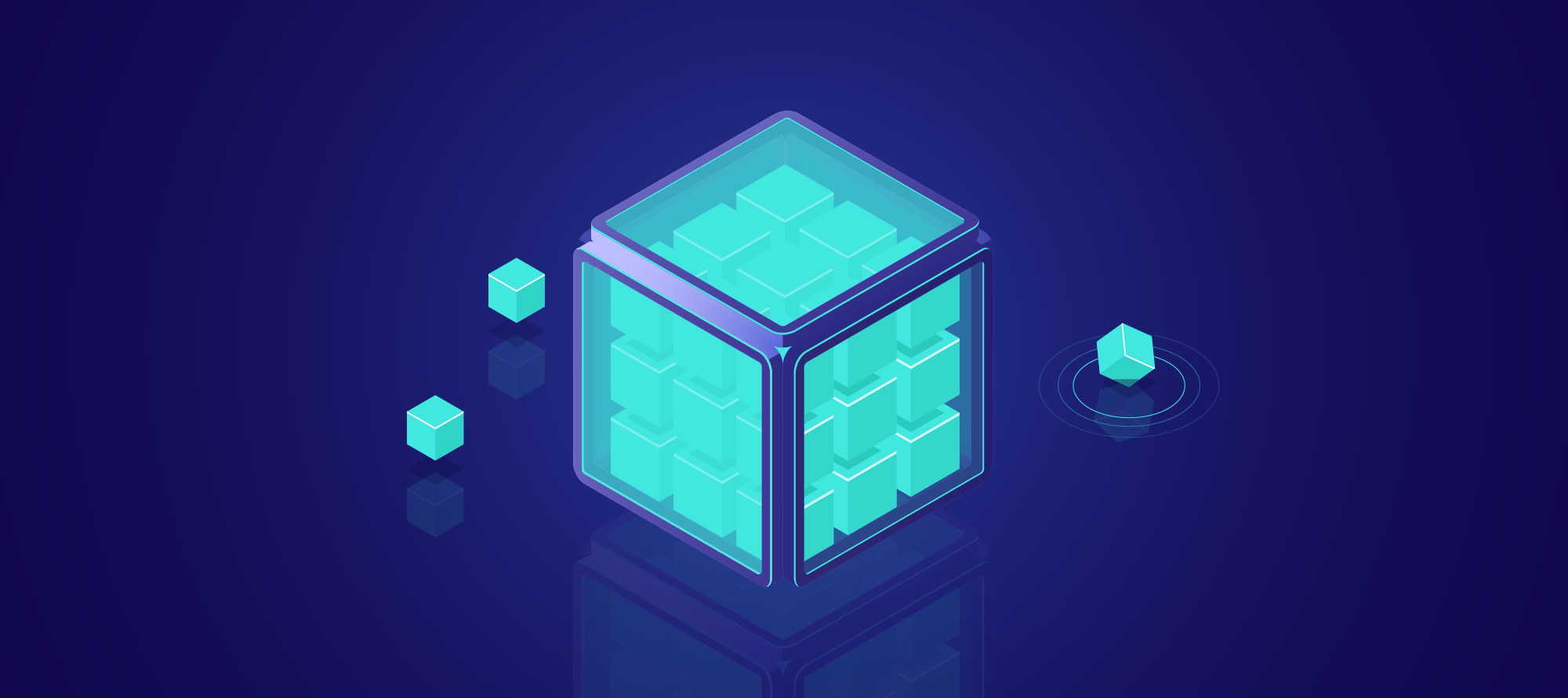
Subscribe to our Blog
We're committed to your privacy. SayOne uses the information you provide to us to contact you about our relevant content, products, and services. check out our privacy policy.

Jomin Johnson December 31, 20208 min read

Generating table of contents...

Microservices is a commonly used term in relation to an organizational practice used in software engineering. It refers to the practice of building a software package consisting of microservices or small components, each of which can be deployed and operated independently of one another.
Other characteristics are that the components are loosely coupled, easily testable, and highly maintainable. Essentially, microservices are single-function modules whose operations are well-defined and service boundaries are set.
Microservices architecture has emerged from continuous delivery and domain-driven designs. It is also a result of modern polyglot programming systems and systems that are built to be scalable.
Service boundaries are set according to the demands of the business or the organizational hierarchy. Individual services of the software system may be tied to different teams, processes, roadmaps and budgets. Typical examples of service boundaries include payment processing or user authentication.
If you have been concerned about the gross amount of time that goes into building monolithic applications, then microservices is perhaps the best answer. It will likely solve many roadblocks that were encountered when building monolithic applications.
Microservices works best when the developers have good knowledge of the different services that are required by the system. These are difficult to manage if the core application requirements are still being understood and worked out.
Redefining the service interactions, data structures, and APIs is a costly proposition. Many parts have to be properly coordinated.
Do you have a microservices application idea? contact our business analysts today!
When designing microservices, it is important to plan before jumping into implementation. Many time developers who want to design microservices architecture, start coding a service right away. This is not the recommended practice as many new hassles are likely to crop up.
With microservices, the strategy should be to design first and then do the coding. Though coding for a single service may be an easy job, an end product contains many microservices that are together required to deliver the functionality that is required. Coding all of these without any planning is likely to lead to disaster.
First and foremost, it is important to define the overall function of the application clearly. The next step is to identify each of the individual services that are required. This is best done on the whiteboard. A list of the application features should be drawn out and these are to be broken down to lower-level features. This process should be repeated until there are no more lower-level services to be identified.
In an eCommerce application, while ordering a product may be an important task, there would be many small functional tasks such as checking the inventory status, getting the shipping address, calculating the shipping costs, accepting credit/debit cards, etc. each of the lower-level function has to captures as a microservice. This exercise would require the input of many individuals from different departments and discussions and viewpoints are likely to follow. Once the lower-level services are properly identified, then it is time to move on.
Any microservices architecture that reflects the organizational structure which promotes it is expected to work well. Experts recommend that developers create microservice partitions that are reflective of the organizational structure. However, replicating the organizational structure that forms the backbone of the monolithic package may not be the right structure for reorganization into microservices.
A monolithic application organization commonly has a database group to handle all services related to database access. However, if that is mirrored in the microservices architecture, there will exist one single functional point providing data for every other service leading to eventual failure.
Every microservice should have its data storage so that it can continue to perform even when another service is down. Having a single data service is not the right way to go. Therefore, evaluating a structure in the context of the standalone functions that are required to be rendered form an important part of setting up the microservices application architecture.
Now that the steps to design the functionality of the microservices application are clear, the next step involves providing the operational support for the new architecture. Both the management and the monitoring of the microservices application have to be more distributed and dynamic to support the new architecture.
Transient resources should be tracked from time to time and history of the application metrics would help to perform time-series comparisons. Unique identifiers are required to pass on during service calls and used to log in information. Such identifiers can typically be used to correlate events as well as anomalies that take place cumulatively across multiple services. This can be used to identify why a problem occurs in the first place. A situation wherein many errors occur because of a single problem, such events are not individual ones.
The design process gives the best outcomes by following best practices that other organizations have used in their journey of designing microservices applications. Company personnel can earn more about this aspect through Webscale and DevOps events and apply the lesson learned once the basic design is set.
Microservices architecture is almost always the drive to create externally focused client-facing applications. This is because users have high expectations when it comes to response times and availability of externally focused applications.
Users are ready to put up with slow-running internally-focused applications or even non-availability for periods in between. This translates to the expectation that microservices must be in a position to deliver high-performance even in the face of resource failures.
Therefore, it boils down to the fact that the service should leverage a caching layer instead of calls to the storage to access the disk and network. The service should also not hang in case the storage or caching layer is not available.
The service should be based on two or three alternate mechanisms that can carry on even when underlying resources fail. It should also have the capability to check and latch with another if one of them does not respond on time.
It is in the best interests of the microservices application that performance and resilience are taken into account during the design process itself. This ensures that all issues which may crop up then will be settled for the smooth operation of the application at a later stage.
Undue loads on the system may show up during the first run of the application and this indicates resource saturation. Therefore, while deciding on the performance and resilience of the application, it is vital to prepare the system for high load variations (say, x10) and continuance of operation in the face of the failure of underlying resources. This would ensure that the application would stand up to the real-world operational challenges.
Do you have a microservices application idea? contact our business analysts today!
It is important to understand that like all other applications, the microservices application would also be constantly evolving in the face of new demands and more so because the microservices architecture is one that is tuned to continuous deployment activities.
With several code updates in a single day, it is important to design the microservices to be ready for this kind of a change right from the very start, even at the design stage. It is crucial to anticipate version changes to service APIs so that this will enable individual services to continuously interact with other changing services.
It is a good idea to use version control in order to allow services to allow both the old and the new interfaces. If this is used, the new functions can be exposed to calling services that are aware of its existence while simultaneously ensuring that the services not exposed to the new function continue to operate as before.
In this context, upgrading data storage according to the new function is one of the most challenging aspects of continuous changes to functionalities. However, the new NoSQL databases allow for adding new fields while maintaining the old arrangement as before. In order to accommodate evolving data fields, evolvable data storage must be a part of the microservices design exercise.
Different technologies and languages can be used for different services; nevertheless, the result may not be effective. The architecture of a microservices application causes considerable operational overhead. Therefore, adding more programming languages may add to the overhead. It is best to choose a programming language that first the business needs of the project.
Some of the criteria that you can use for evaluation of the programming language are: that it should support automation, should allow independent deployment, should be highly observable and should allow component decentralization and continuous integration, among others. The best languages that can be used for microservices include Java, Golang, Python, Node JS, and .NET.
Do you have a microservices application idea? contact our business analysts today!
Closing Thoughts
To successfully build a microservices application, careful planning is involved in the starting stages for the best outcomes. It is also important to involve experienced professionals in microservices architecture whose advice will be invaluable in the design stage. Microservices work best when the understanding of the roles of the various services required by the system is clear.
If you have any more queries, our experts can guide are always available for you. Get in touch for a FREE consultation.

We're committed to your privacy. SayOne uses the information you provide to us to contact you about our relevant content, products, and services. check out our privacy policy.

About Author
Head of AI-Retail @ SayOne Technologies|Project Manager | Product Owner - CSPO®| Lead Business Analyst

We collaborate with visionary leaders on projects that focus on quality